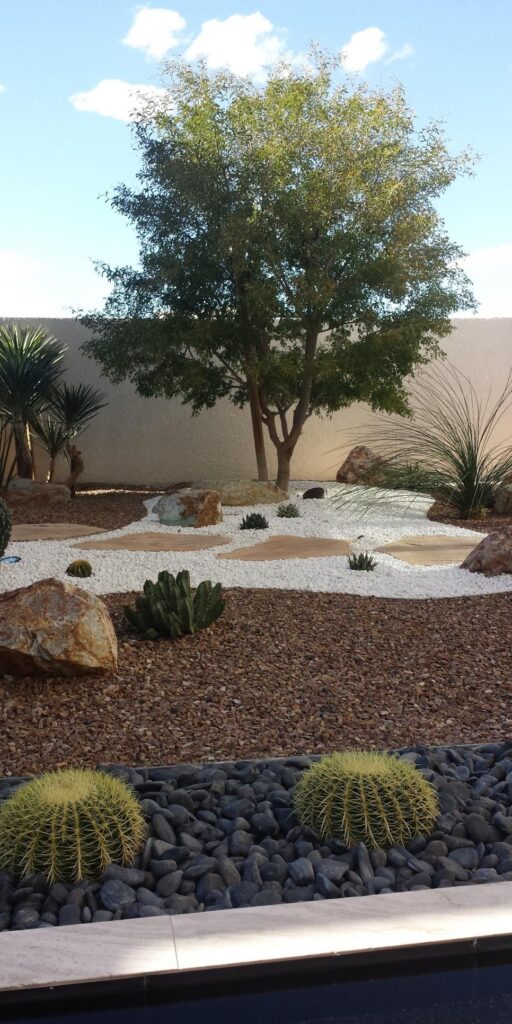Xeriscaping is a landscaping method that focuses on creating a water-efficient and sustainable outdoor space. Originating in arid regions such as the Southwestern United States, xeriscaping has gained popularity in recent years as people seek to conserve water and reduce maintenance in their gardens. By incorporating drought-tolerant plants, mulch, and efficient irrigation systems, xeriscaping can create a beautiful and eco-friendly landscape.
One of the key principles of xeriscaping is selecting appropriate plants that can thrive in low-water conditions. Drought-tolerant plants such as succulents, ornamental grasses, and native wildflowers are excellent choices for xeriscape gardens. These plants require minimal irrigation and can withstand hot, dry conditions, making them ideal for regions with water restrictions or limited rainfall.
In addition to choosing the right plants, mulch is another important component of xeriscaping. Mulch helps retain moisture in the soil, reduce weed growth, and regulate soil temperature. Organic mulches such as wood chips or bark can also improve soil fertility as they decompose over time. By using mulch in xeriscape gardens, homeowners can significantly reduce water usage and maintenance while promoting healthy plant growth.
Efficient irrigation is crucial in xeriscape landscaping to minimize water waste. Drip irrigation systems deliver water directly to plant roots, reducing evaporation and runoff compared to traditional sprinkler systems. Installing a smart irrigation controller can also help homeowners monitor and adjust water usage based on weather conditions and plant needs. By optimizing irrigation practices, xeriscape gardens can thrive with minimal water usage while promoting sustainable gardening practices.
Incorporating hardscape elements such as gravel pathways, stone walls, and decorative rock features can enhance the visual appeal of xeriscape gardens. These features not only add texture and interest to the landscape but also reduce the need for water-intensive turf grass. By balancing hardscape and plantings, homeowners can create a harmonious and low-maintenance outdoor space that conserves water and energy.
Overall, xeriscaping offers a sustainable and eco-friendly landscaping solution for homeowners looking to reduce water usage and maintenance in their gardens. By incorporating drought-tolerant plants, mulch, efficient irrigation systems, and hardscape elements, xeriscape gardens can create a beautiful and environmentally conscious outdoor space. With proper planning and maintenance, xeriscaping can thrive in various climates and provide long-term benefits for both homeowners and the environment.

















